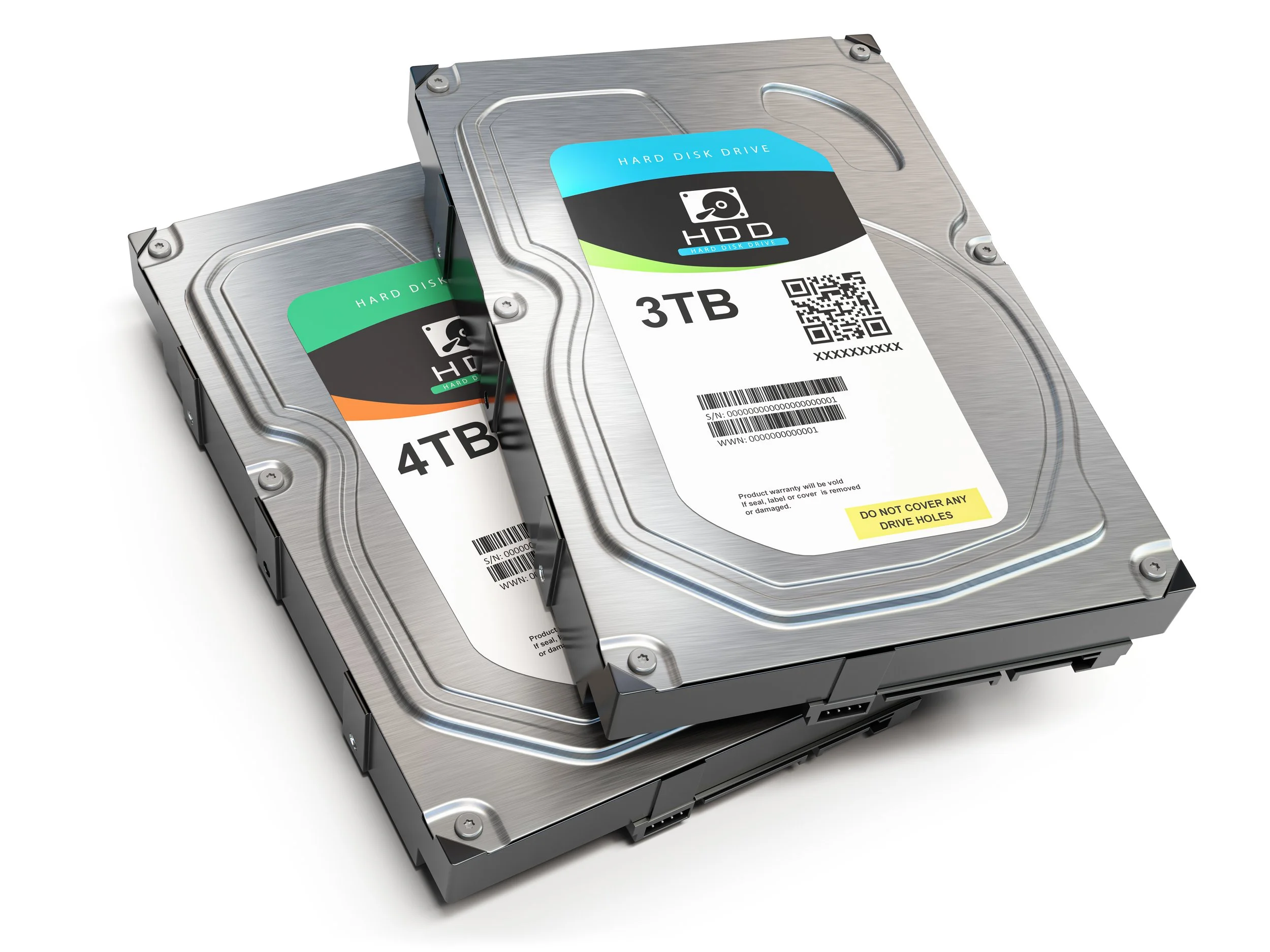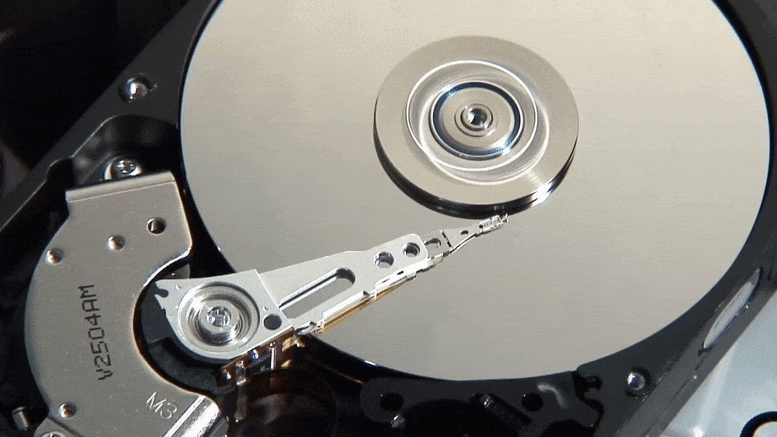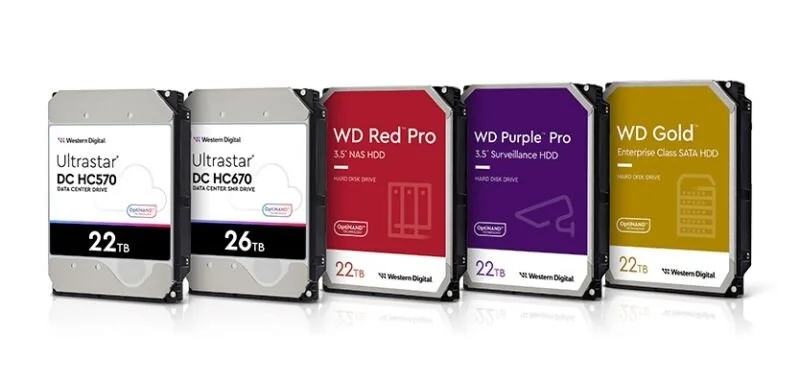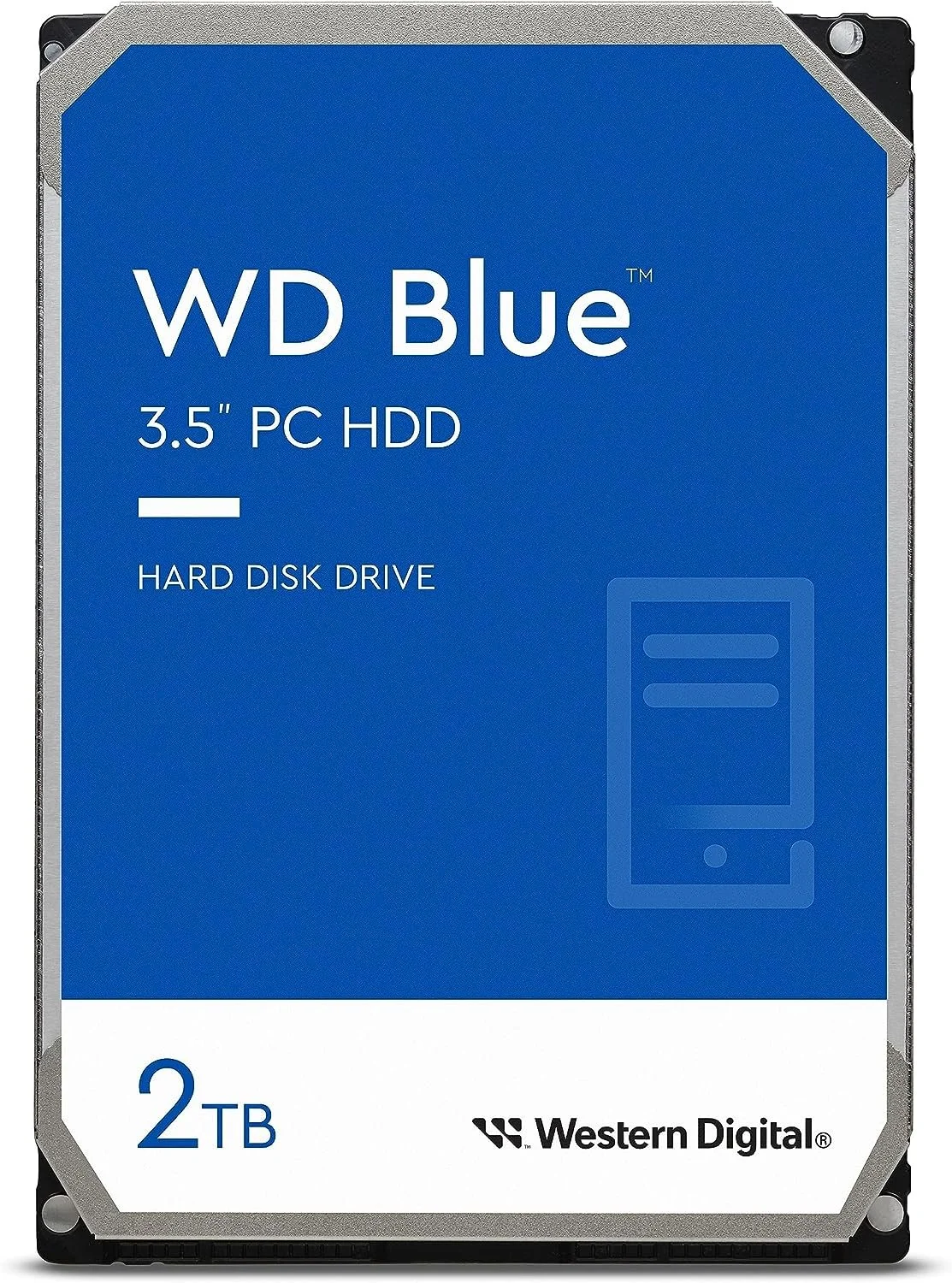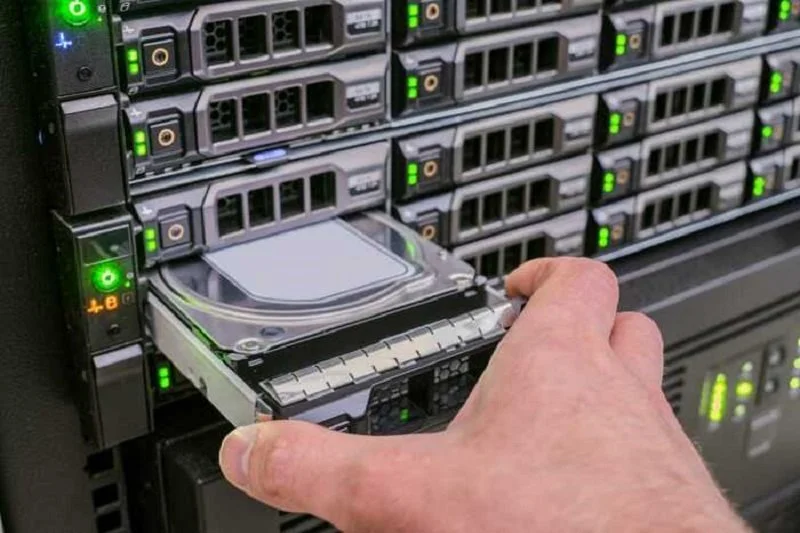Spinning Hard Drive Still Have a Significant Use Today and Will Never Be Phased Out, here's why
The spinning disk, better known as the Hard Drive ( HDD for short), has favored data storage for decades. Not only are they reliable, but it's much cheaper per gigabyte in comparison to solid-state drives.
However, for many users today, the solid by default is the main staple in various systems, including desktop PCs, laptops, and MacBooks, mainly because of its accelerated boot times and fast optimal performance. However, the HDD is the best option if you need a reliable source to back up large amounts of data. With that said, I don't expect the HDD to phase out of the market anytime soon. Here's why.
Explanation needed: The spinning disks
Before I explain why the HDD will never go away anytime soon, let me explain how spinning disks operate to the less tech-savvy folks. It's a mechanism within the hard disk drive to which data is written. The primary component is the rotating plates attached to the mechanical arm that reads and writes the data. The spinning disk itself resembles a CD, but it's much thinner.
This is what takes place inside an HDD. Do you see the moving parts?
The spinning disks are magnetized platters that spin around a central axis at speeds between 5400 and 7200 revolutions per minute (RPM). How exactly is data written to and read from the drive? It happens when magnetic fields are changed on the spinning platters with a read/write armature. If you ever heard the tech terminology " spin-up," this is accelerating hard disk drive's platters' stopped state operational speed.
These are high-storage capacity HDDs by Western Digital
Is the Spinning Drive still relevant in 2023?
The answer to that question is yes. The Spinning HDD is still relevant in more ways than you think. Sure, the solid-state drive can achieve optimal performance, which includes fast data access and boot times, with minimal power consumption. However, constant improvement with HDD technology has allowed manufacturers to increase capacities to upwards of 26TB. Even with amplified storage capacity, you can purchase a reasonably priced drive in the 1-2TB range for less than $0.03 per gigabyte. For example, a 2TB WD Blue HDD posted below this paragraph retails for just $60.86 on Amazon.
Despite SSDs being the primary drive of choice with many PC builders, flash drives aren't the most cost-effective method to back up data or store additional applications. That's why the HDD is the best option.
Other significant roles of the HDD
Other than data storage, the HDD has various uses. Regarding disaster and recovery, HDD is the apparent choice to retrieve any data. Storing data for an extended period in analytical and research fields favors large-capacity HDDs.
These are HDDs being used in a server.
Enterprising applications such as CRM platforms and ERP software aren't resource-intensive on the storage drive. Thus, it will function on the current iteration of Sans. These applications don't need flash drives, as they require sequential access found only on HDDs. I incorporate HDDs as a secondary or third option for storing additional data in my PC builds.
There you have it. I gave you a few reasons why the HDD will not be phased out anytime soon. It still has valuable uses. Are you still incorporating HDDs into your PC builds? Drop a comment below.

